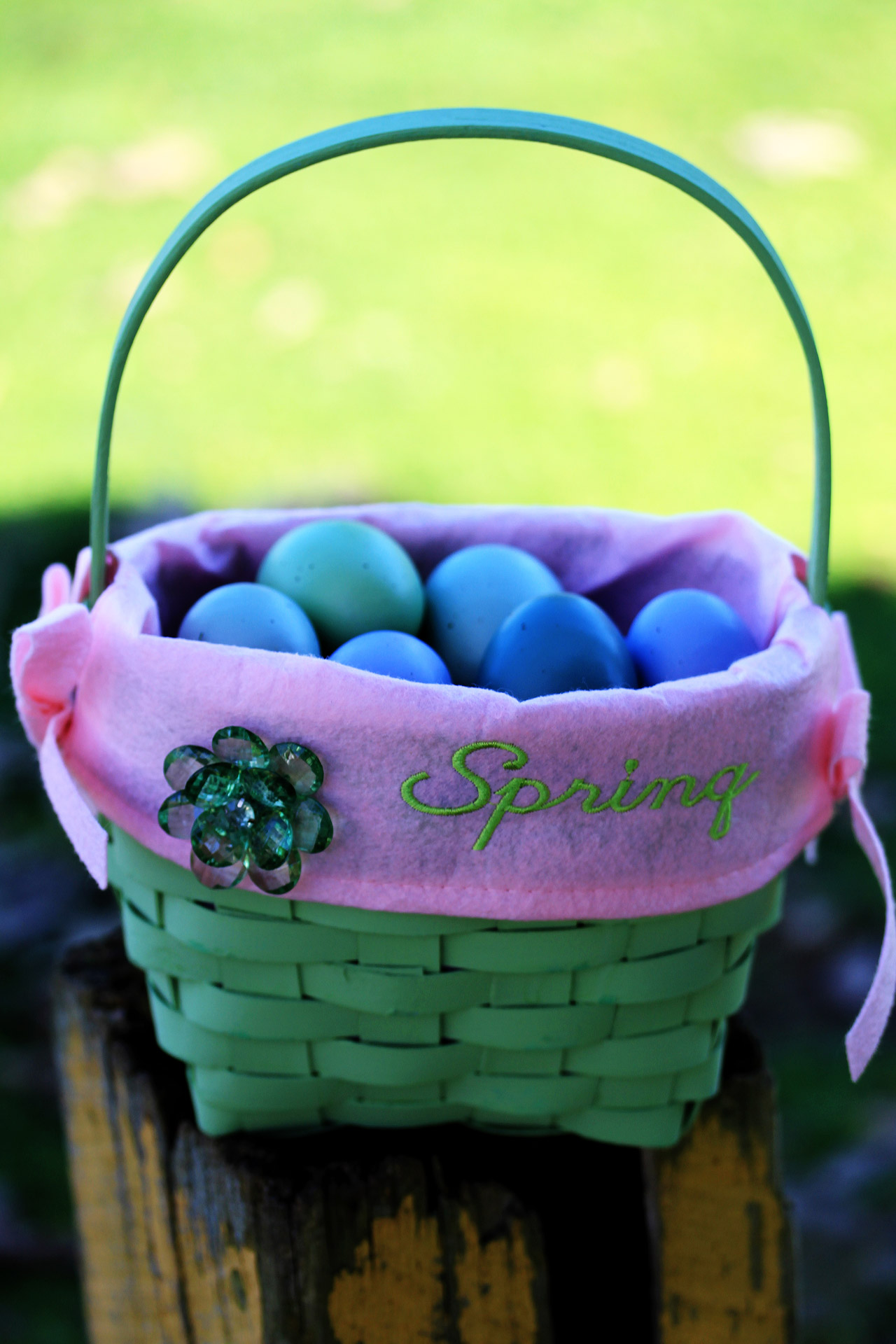A kitchen sink is an essential part of any kitchen, providing a space for washing dishes, preparing food, and disposing of waste. When it comes to plumbing a kitchen sink, there are several key parts that are needed to ensure proper functioning. In this article, we will discuss the top 10 main parts needed to plumb a kitchen sink.Kitchen Sink
Plumbing is the system of pipes, fittings, and fixtures used to supply water and remove waste from a building. When it comes to a kitchen sink, plumbing is crucial for ensuring the sink can be used for its intended purposes. Without proper plumbing, a kitchen sink would not be functional.Plumbing
There are several parts involved in plumbing a kitchen sink, each with its own important role. These parts work together to provide a steady flow of clean water and remove wastewater efficiently. Let's take a closer look at these parts and their functions.Parts
The drain is a crucial part of a kitchen sink, as it is responsible for removing wastewater from the sink. It is typically located at the bottom of the sink and is connected to a pipe that leads to the sewer or septic system. Without a functioning drain, water would not be able to flow out of the sink, causing it to become clogged and unusable.Drain
The P-trap is a curved pipe that is located beneath the sink and is designed to prevent sewer gases from entering the kitchen. It also traps debris, preventing it from clogging the drain. The P-trap is an essential part of a kitchen sink, as it helps keep the sink and surrounding area clean and odor-free.P-Trap
Water supply lines are responsible for bringing clean, fresh water into the kitchen sink. These lines are typically made of copper, plastic, or braided stainless steel and are connected to the water supply. It is important to ensure that the water supply lines are installed correctly and without any leaks to prevent water damage.Water Supply Lines
The faucet is the most visible part of a kitchen sink and is responsible for controlling the flow of water. It is typically mounted on the sink or countertop and can come in a variety of styles and finishes. When choosing a faucet for your kitchen sink, it is important to consider both functionality and aesthetics.Faucet
The strainer is a small, perforated bowl that sits in the drain of the sink. Its primary function is to prevent food scraps and other debris from entering the drain and causing clogs. Strainers are available in different sizes and materials, and it is important to choose one that fits your sink and effectively traps debris.Strainer
The basket is a small, removable piece that fits into the strainer and collects debris. It is typically made of mesh or perforated metal and can be easily removed and emptied into the trash. Baskets are essential for keeping the sink clean and preventing clogs in the drain.Basket
The tailpiece is a straight pipe that connects the drain to the P-trap. It is usually made of plastic or metal and can be adjusted to fit different sink heights. The tailpiece is an important part of the plumbing system, as it provides a smooth flow of wastewater from the sink to the P-trap.Tailpiece
Additional Parts Needed to Successfully Plumb a Kitchen Sink

Choosing the Right Faucet
 When it comes to
plumbing a kitchen sink
, many people often overlook the importance of choosing the right faucet. This crucial component is not only responsible for controlling the flow of water, but it can also add to the overall aesthetic of your kitchen. When selecting a faucet, make sure to consider the size and layout of your sink, as well as the style and finish that will best complement your kitchen design.
Stainless steel
,
chrome
, and
brushed nickel
are popular choices that offer both durability and a modern look.
When it comes to
plumbing a kitchen sink
, many people often overlook the importance of choosing the right faucet. This crucial component is not only responsible for controlling the flow of water, but it can also add to the overall aesthetic of your kitchen. When selecting a faucet, make sure to consider the size and layout of your sink, as well as the style and finish that will best complement your kitchen design.
Stainless steel
,
chrome
, and
brushed nickel
are popular choices that offer both durability and a modern look.
Investing in Quality Piping and Fittings
 In addition to the main components of a kitchen sink, such as the faucet and drain, it is important to also pay attention to the
piping and fittings
that connect everything together. These are often overlooked but can have a significant impact on the functionality and longevity of your sink. It is recommended to invest in high-quality materials, such as
copper
or
brass
piping, and
PVC
or
CPVC
fittings, to ensure a leak-free and durable plumbing system.
In addition to the main components of a kitchen sink, such as the faucet and drain, it is important to also pay attention to the
piping and fittings
that connect everything together. These are often overlooked but can have a significant impact on the functionality and longevity of your sink. It is recommended to invest in high-quality materials, such as
copper
or
brass
piping, and
PVC
or
CPVC
fittings, to ensure a leak-free and durable plumbing system.
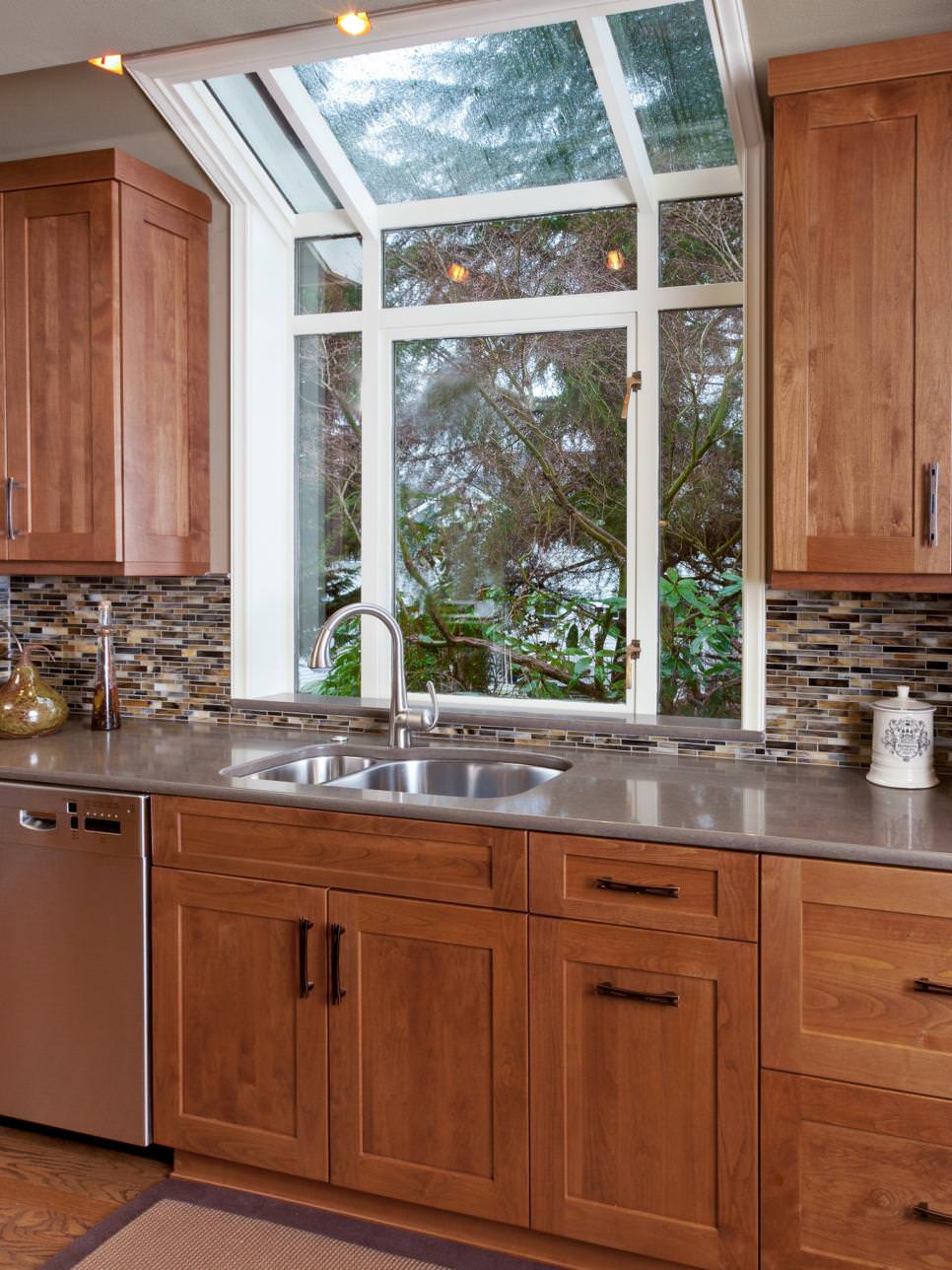








/interiors-of-the-kitchen-126173645-5835288f5f9b58d5b1b96af2.jpg)







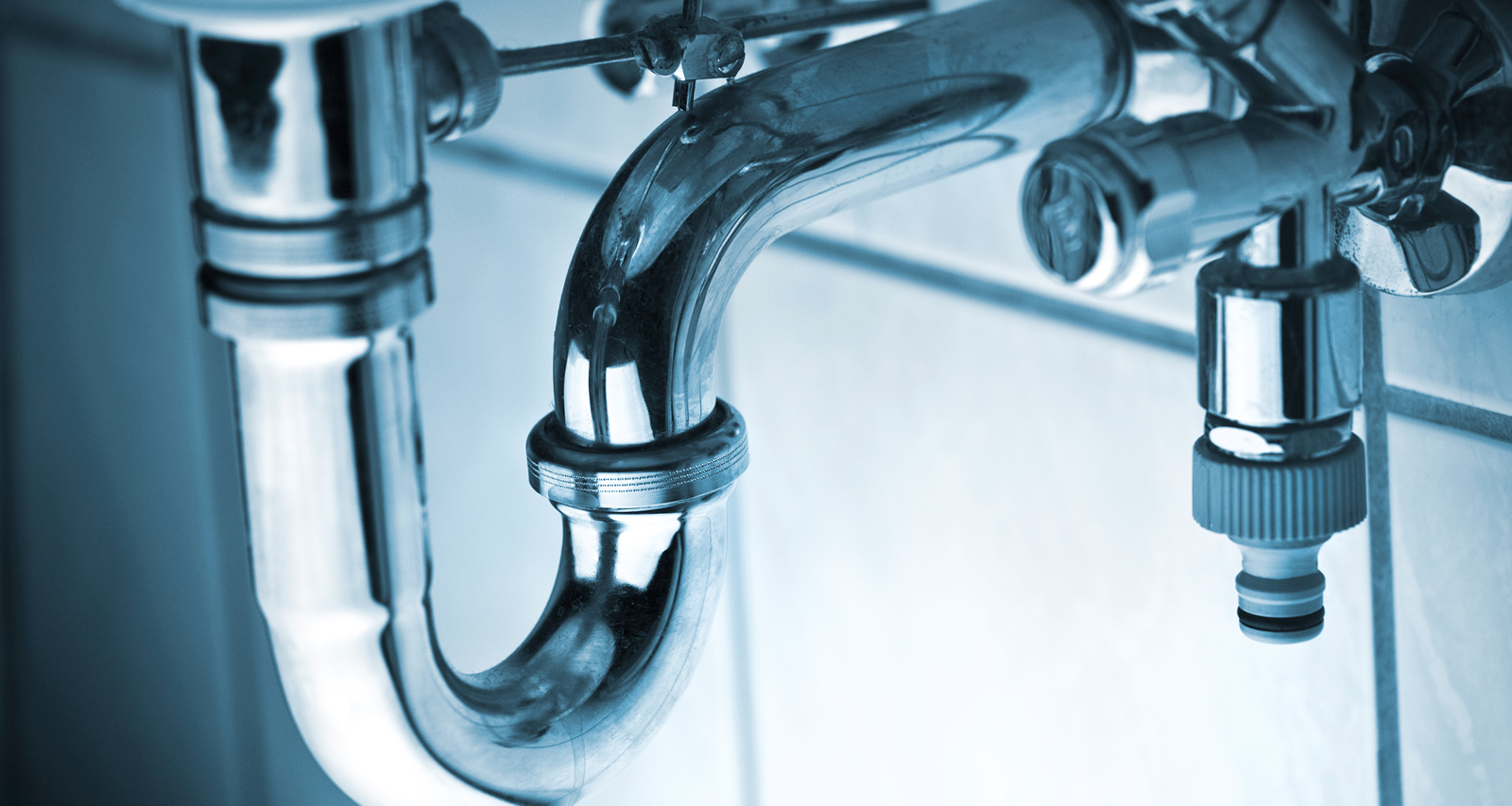

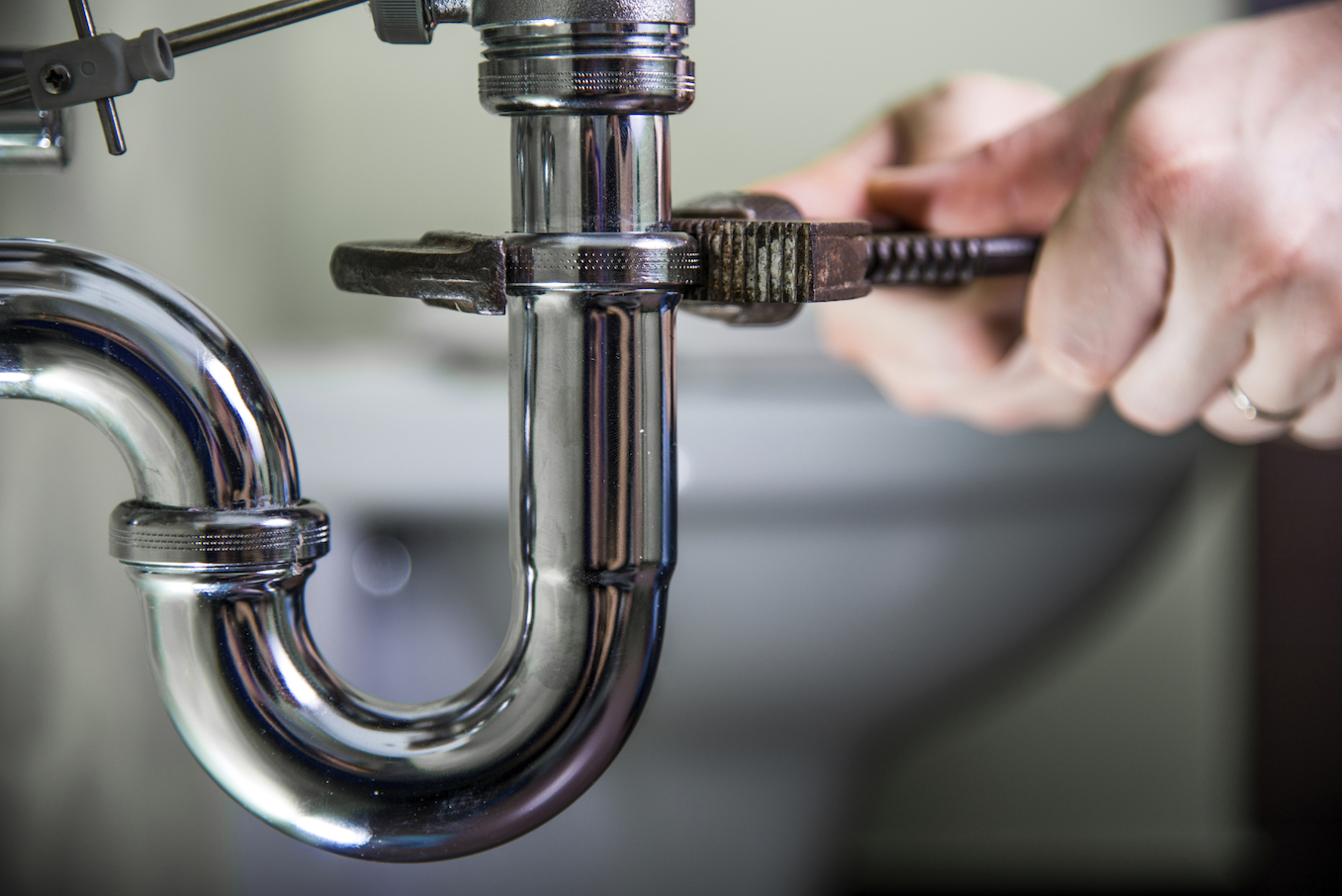




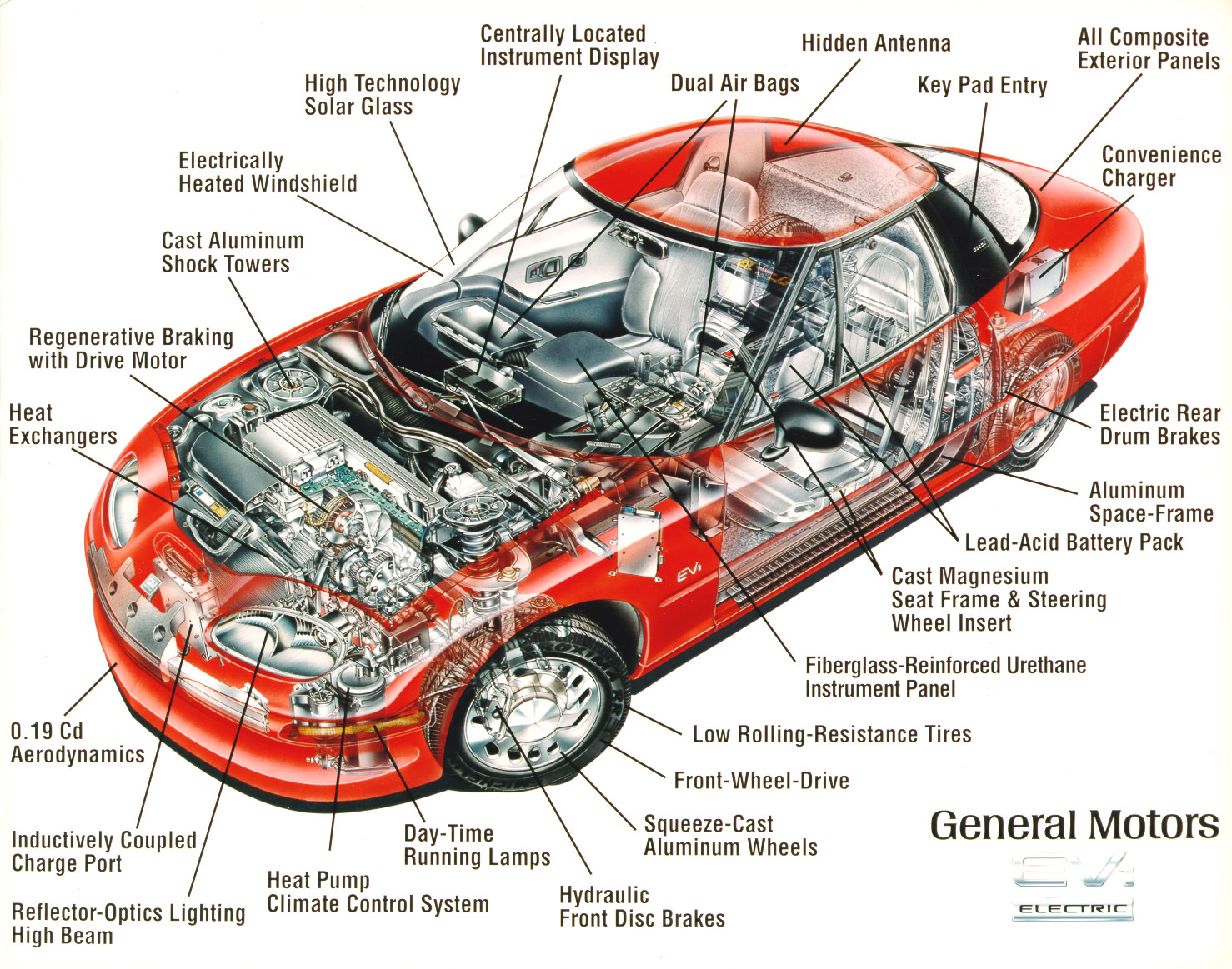








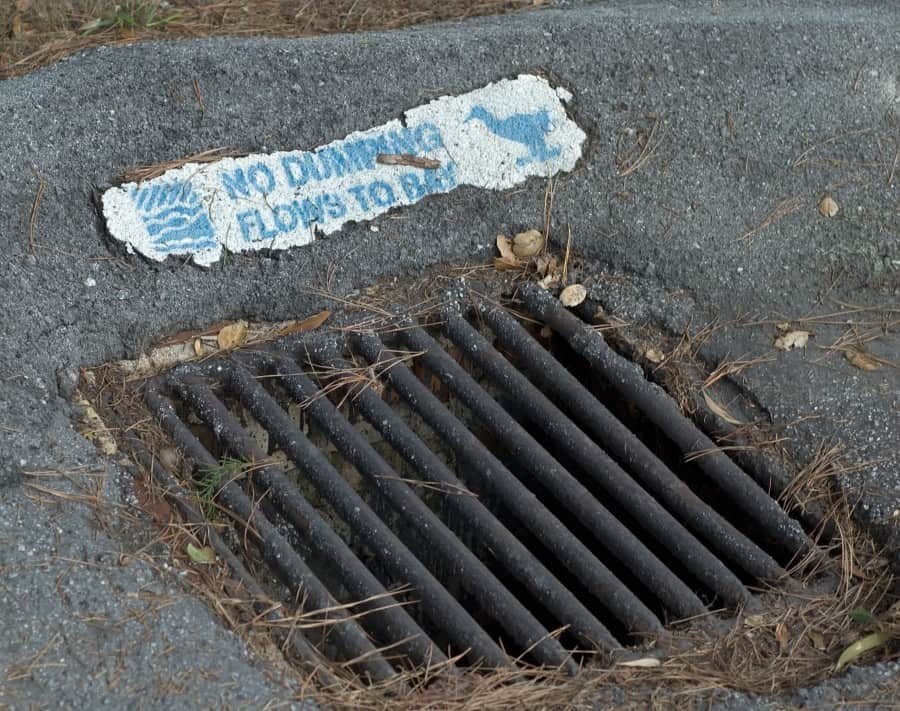



:max_bytes(150000):strip_icc()/YardDrain-fece28c29d6044e692d8974d567d1fcc.jpg)



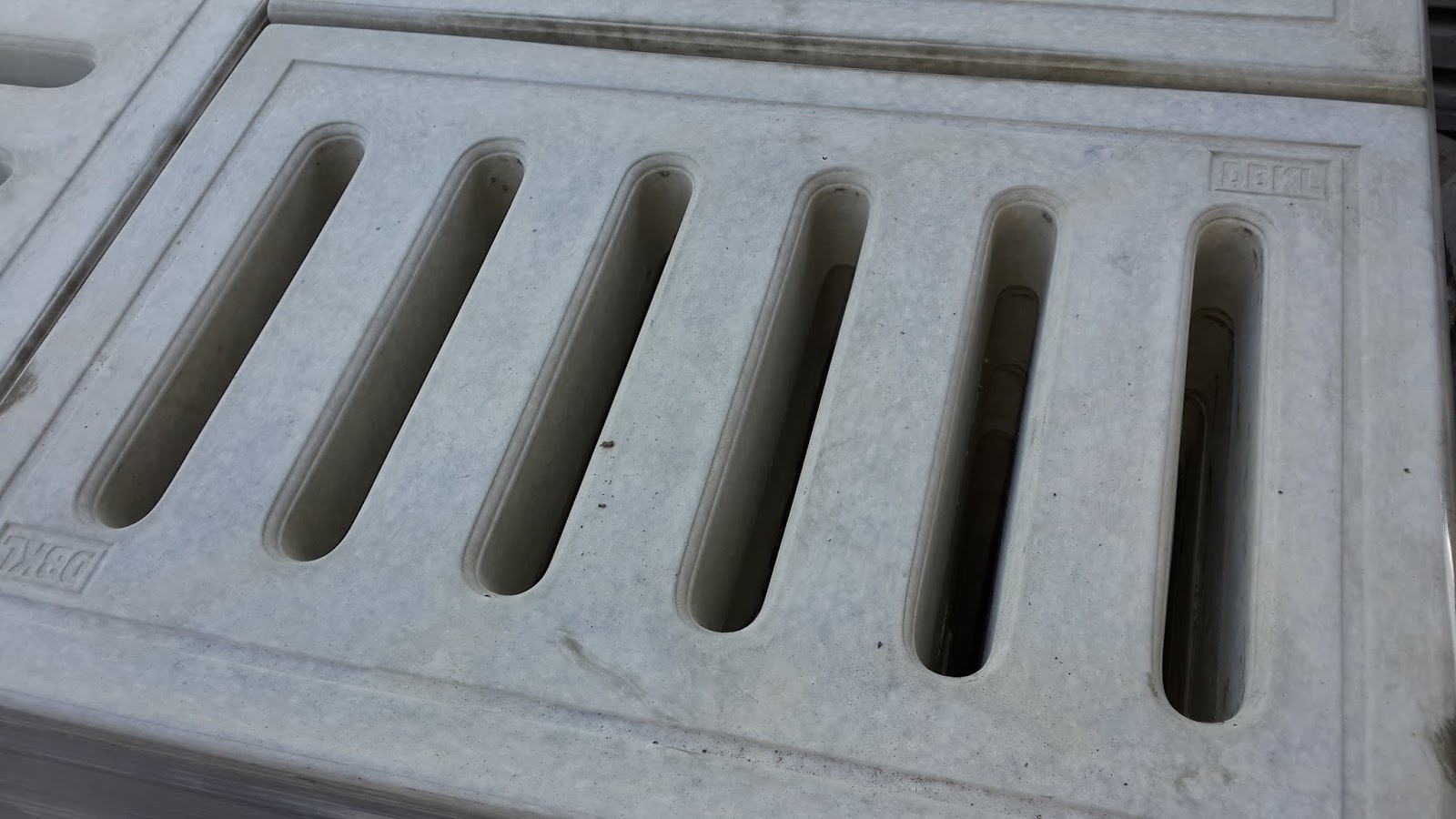










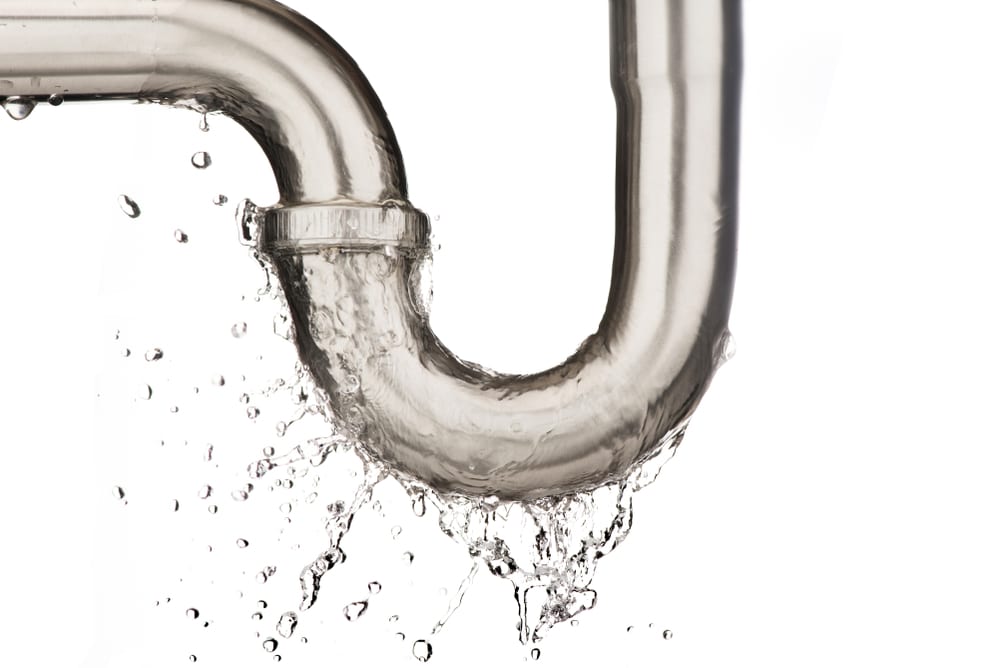






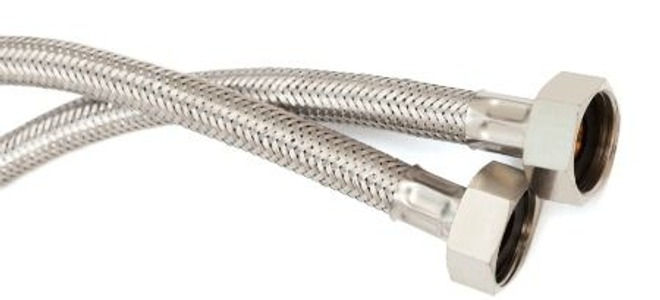




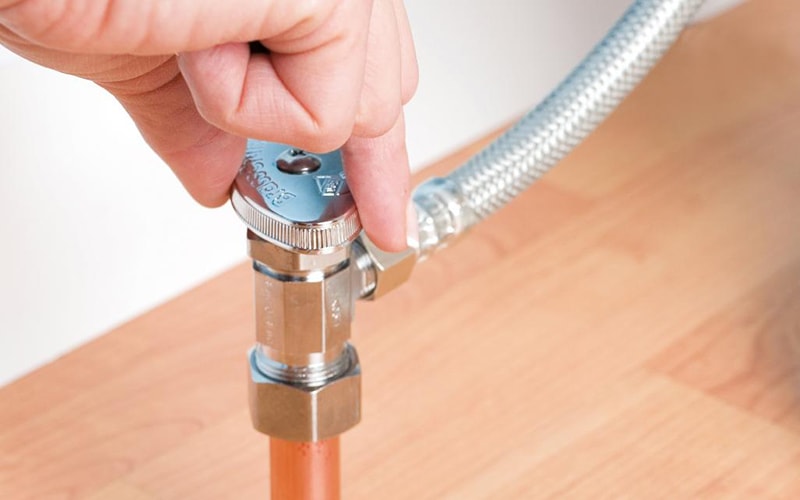















/81NWXIOnxfL._AC_SL1500_-34b01bafb5c6442ab723fe0e50e61ab9.jpg)








